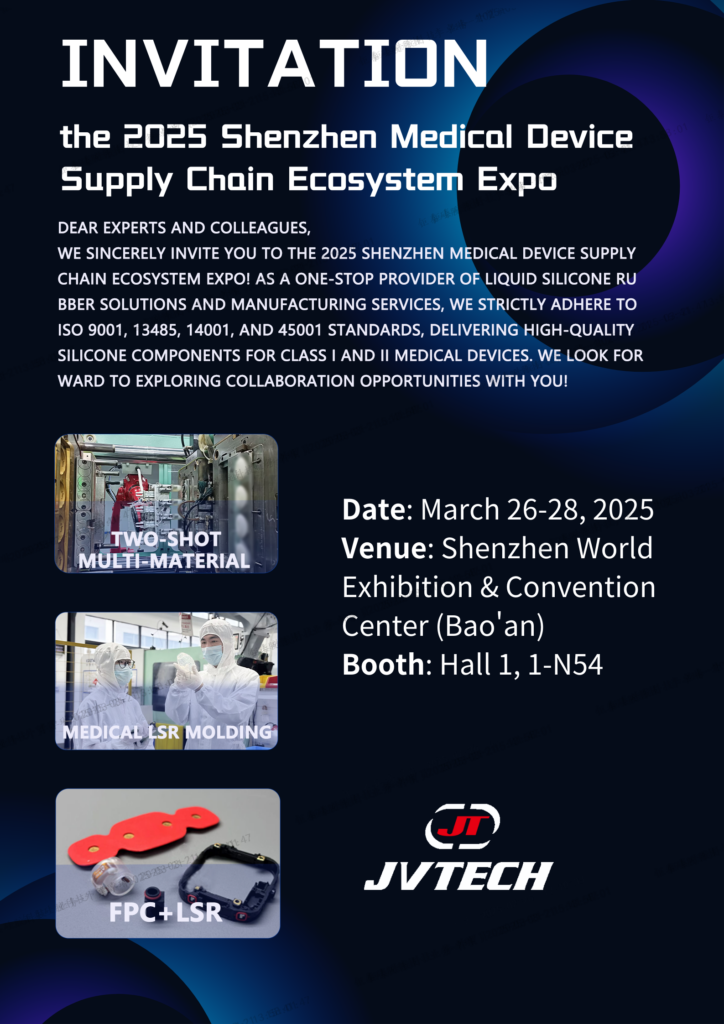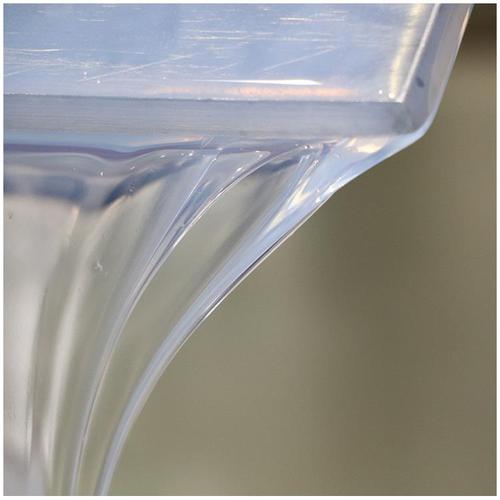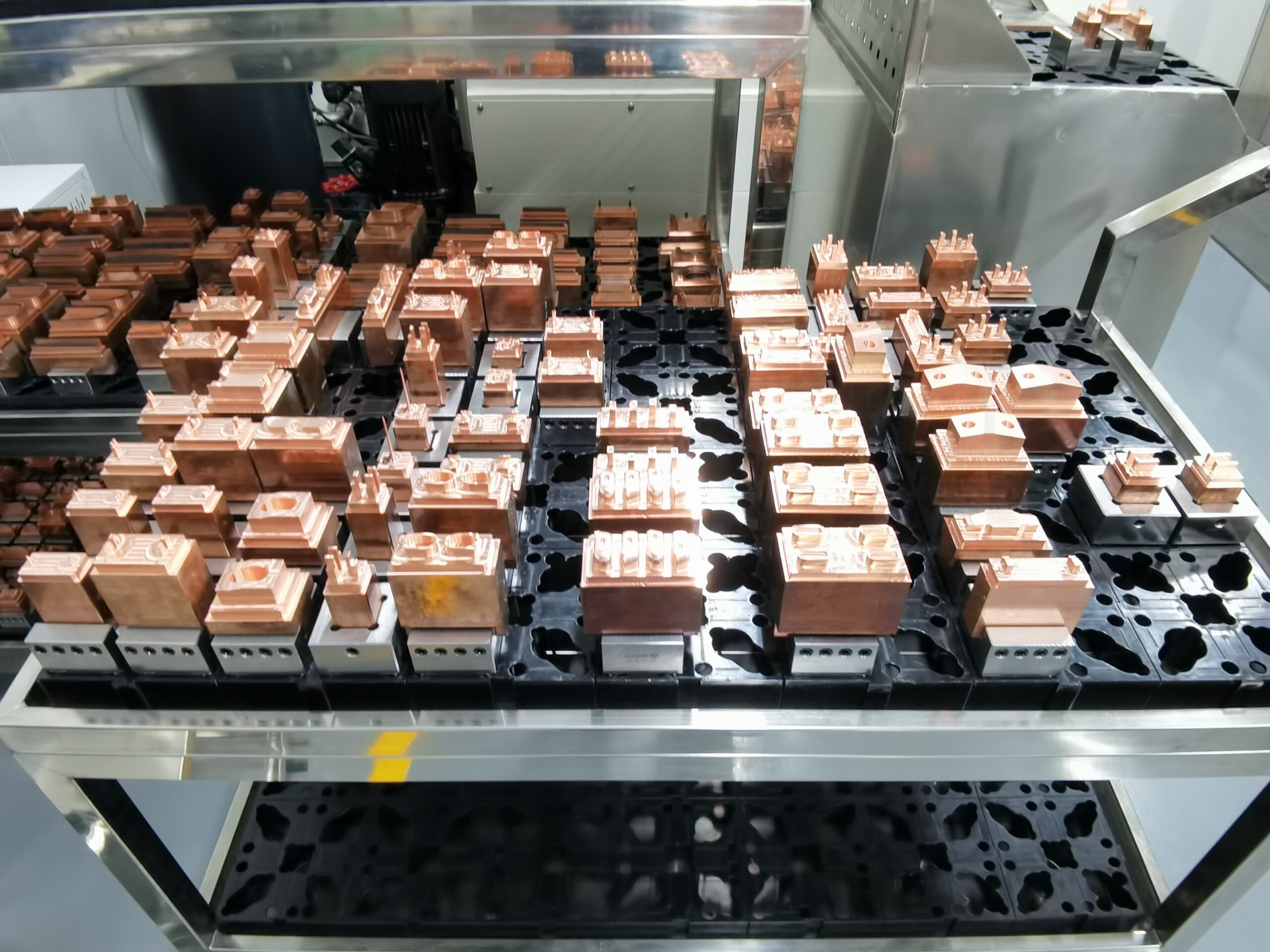With the liquid silicone in the medical products, baby products, automobile manufacturing, food industry, electronic products, diving supplies, kitchen utensils and seals, etc. have been widely used and become irreplaceable materials. Traditional hot-pressing and molding processes (plastic products and solid-state silicones) can no longer meet the needs of the market. The liquid silicone injection process has developed rapidly in recent years, but information or experience sharing on the liquid silicone mold process or injection molding on the Internet has been analyzed. Less and less, most of the content comes from books or related materials. The lack of details, experience, and depth will bring you a series of technical questions about this industry.Before we make the mold, we must first understand what is liquid silicone.
Raw material characteristics
Liquid Silicone Rubber is a non-toxic, heat-resistant and highly resilient flexible thermosetting material. Its sulfur behavior is mainly characterized by low viscosity, rapid curing, shear thinning and high thermal expansion coefficient.
LSR is a bi-liquid, fast-curing material that uses platinum as a catalyst and can be injected, massively, rapidly vulcanized, and repetitively machined.
Its products are characterized by good thermal stability, cold resistance, physiological inertness, excellent electrical insulation properties, and no toxic substances are generated when burning. According to the vulcanization temperature, liquid silicone can be divided into high temperature (heating) vulcanization type and room temperature vulcanization type. High temperature adhesive is mainly used for manufacturing various silicone rubber products, while room temperature adhesive is mainly used as adhesive and potting.





